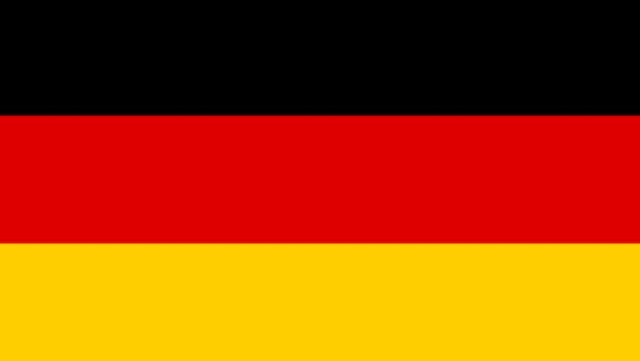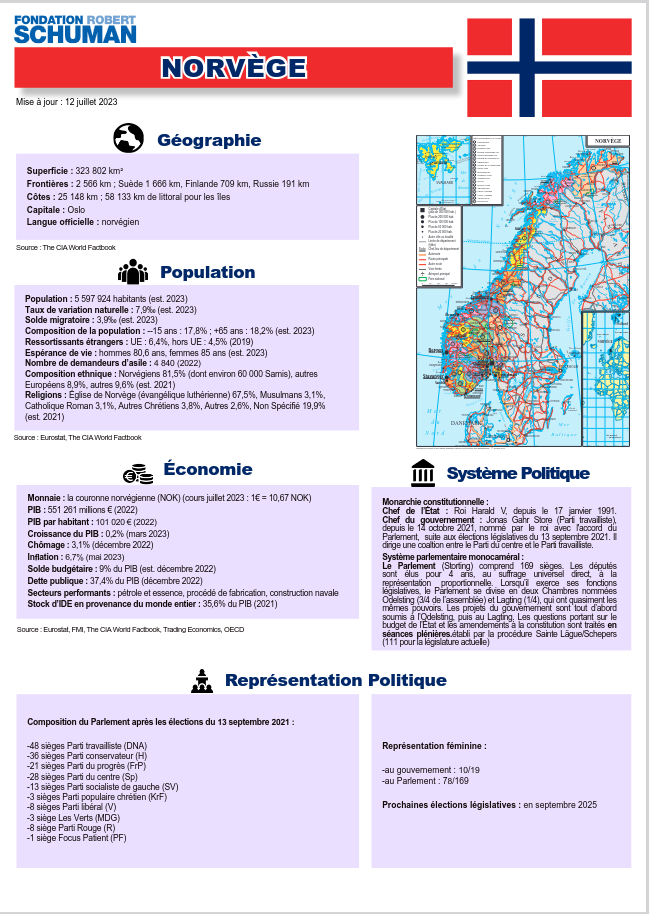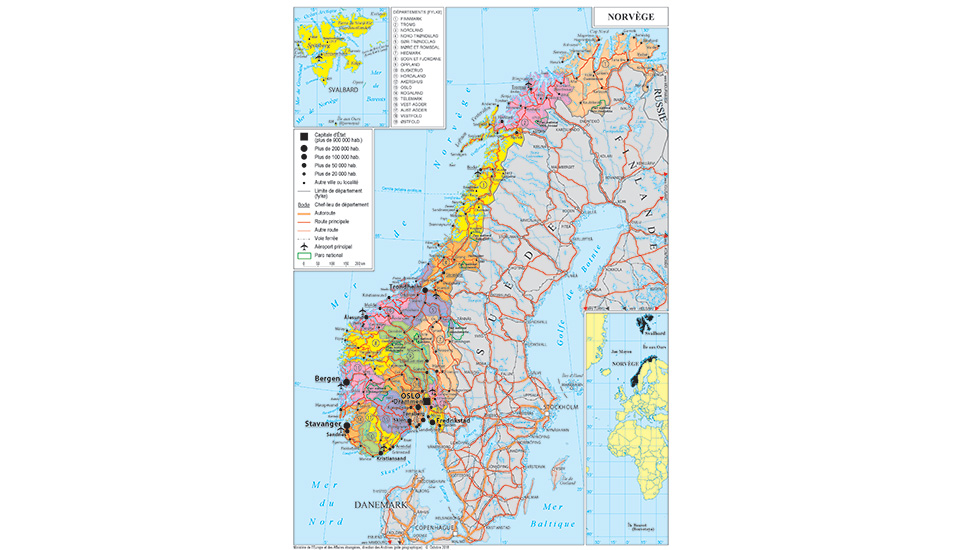
Geography
Area : 323,802 km²
Borders : 2,566 km (Finland 727 km, Sweden 1,619 km, Russia 196 km)
Coastline : 83,281 km (including 58,133 km of island coastlines)
Capital : Oslo
Official language : Norwegian
Source : The CIA World Factbook
Flag
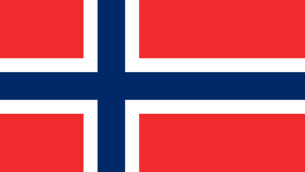
Population
Population : 5,509,733 inhabitants (2024 est.)
Crude natural change rate : 5.9‰ (2024 est.)
Population repartition: 16.3% under 15 years old; 19.1% over 65 years old (2024 est.)
Foreign residents: EU nationals 7%, non-EU nationals 4% (2021)
Crude net migration rate: 3.9‰ (2024 est.)
First time asylum applicants: 5,350 (2023)
Life expectancy: men 81.6 years, women 84.7 years (2023)
Religions: Church of Norway (Evangelical Lutheran - official) 67.5%, Muslim 3.1%, Roman Catholic 3.1%, other Christian 3.8%, other 2.6%, unspecified 19.9% (est. 2021)
Ethnic groups: Norwegian 81.5% (includes about 60,000 Sami), other European 8.9%, other 9.6% (est. 2021)
Source : Eurostat, The CIA World Factbook
Economy
Currency: Norwegian Krone (NOK) (exchange rate in December 2025 : 1 € = 11.68 NOK)
GDP: € 446,866.1 million (2024)
GDP per capita (PPS): € 63,500 (2024)
GDP growth : 1.1% (Q3 2025)
Inflation: 3.1% (October 2025)
Public debt: 55.1% of GDP (December 2024)
Unemployment: 4.5% (October 2025)
Stock of foreign direct investment from the entire world: 44% of GDP (2022)
Performance sectors: oil and gas, food-processing, shipbuilding
Budget balance: 13.2% of GDP (December 2024)
Source : Eurostat, IMF, OECD, Trading Economics
Political system
Constitutional monarchy
Head of State King Harald V, since 17th January 1991.
Head of government Jonas Gahr Støre (Labour Party) since 14th October 2021, appointed by the King with the consent of Parliament, following the parliamentary elections of 13th September 2021. He was reelected following the parliamentary elections held in September 2025 with the Labor Party.
Monocameral Parliamentary System The Parliament (Storting) comprises 169 seats. The deputies are elected for a four-year term by direct universal suffrage according to proportional representation. While carrying out its functions, the Parliament is divided into two Houses called the Odelsting (3/4 of the Assembly) and Lagting (1/4), which have almost exactly the same powers. Governmental projects must first be submitted to the Odelsting, and then to the Lagting. Questions regarding the State budget and constitutional amendments are discussed in plenary sessions.
Political representation
Parliamentary composition after the 13th September 2021 elections
- 53 seats Labour Party (DNA)
- 47 seats Progress Party (FrP)
- 24 seats Conservative Party (H)
- 9 seats Centre Party (Sp)
- 9 seats Socialist Left Party (SV)
- 9 seats Red Party
- 8 seats Ecologist Party (MDG)
- 7 seats Christian People’s Party (KrF)
- 3 seats Liberal Party (V)
Relations between Norway and European Union
- Norway is part of the European Free Trade Association (EFTA) as well as the European Economic Area (EEA) allowing it to participate in the internal market of the Union while maintaining its independence on a social level as well as in matters of agriculture and fishing. Norway is also part of the Schengen area.
Women's representations
- in government: 9/20
- in Parliament: 68/169
Next Elections:
On The Same Theme
Country Sheet
Country Sheet
Country Sheet
Country Sheet
Country Sheet
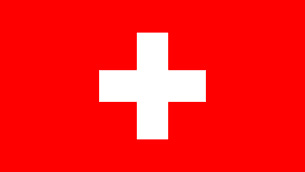
Country Sheet
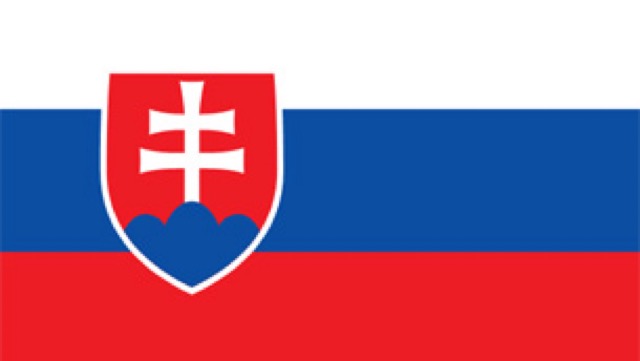
Country Sheet
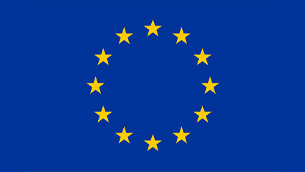
Country Sheet
